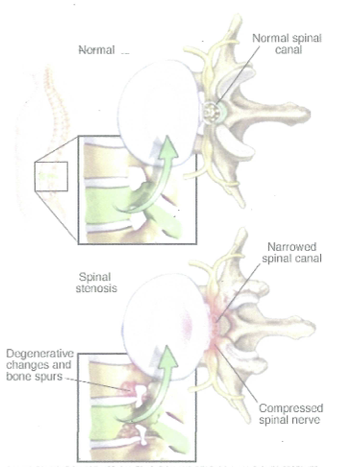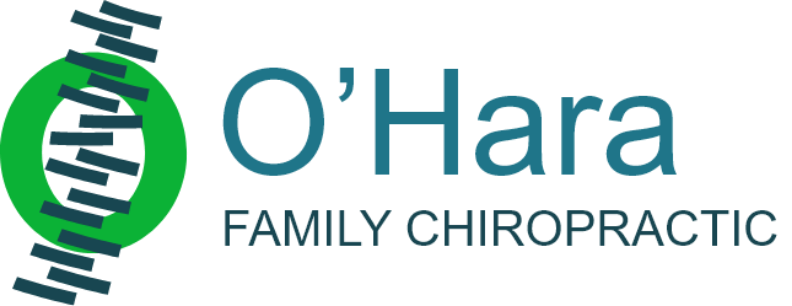Spinal Stenosis Relief in Arlington Heights
 Whether it’s your lower back (lumbar) or neck (cervical) that’s feeling the pinch, Dr. Kevin O’Hara has the expertise to help you reclaim your space and your life.
Whether it’s your lower back (lumbar) or neck (cervical) that’s feeling the pinch, Dr. Kevin O’Hara has the expertise to help you reclaim your space and your life.
Spinal stenosis is like rush hour traffic in your spine – there’s just not enough room for everything to move freely. This narrowing can put pressure on your nerves, leading to pain, numbness, and in some cases, muscle weakness. It’s most common in the lumbar region, often affecting the sciatic nerve and causing that familiar leg pain. But when it occurs in the neck, it can be more serious, potentially impacting your spinal cord.
Spinal Stenosis Causes
What causes this spinal congestion? Sometimes it’s just the wear and tear of aging – bones can overgrow, discs can herniate, and ligaments can thicken. In other cases, injuries might be the culprits. Regardless of the cause, the result is the same – your nerves want more room.
Spinal Stenosis Relief: Creating Space, Restoring Freedom
Dr. O’Hara’s approach to spinal stenosis is all about creating space. Using a combination of precise chiropractic adjustments, muscle stimulation therapy, and targeted stretching, he works to decompress those pinched nerves and get you moving freely again. It’s not about masking symptoms – it’s about addressing the root cause and giving your spine the breathing room it needs.
Schedule Today
Contact O’Hara Family Chiropractic today and let Dr. O’Hara help you get back to living life on your terms.

